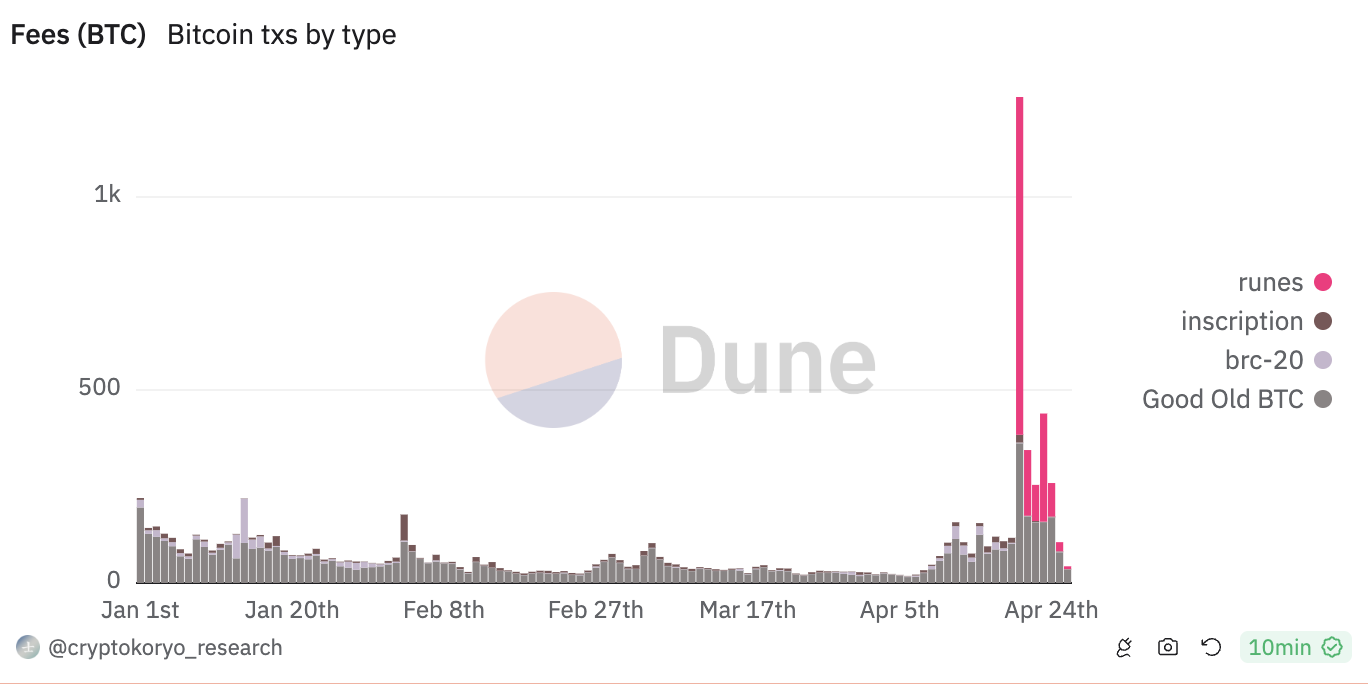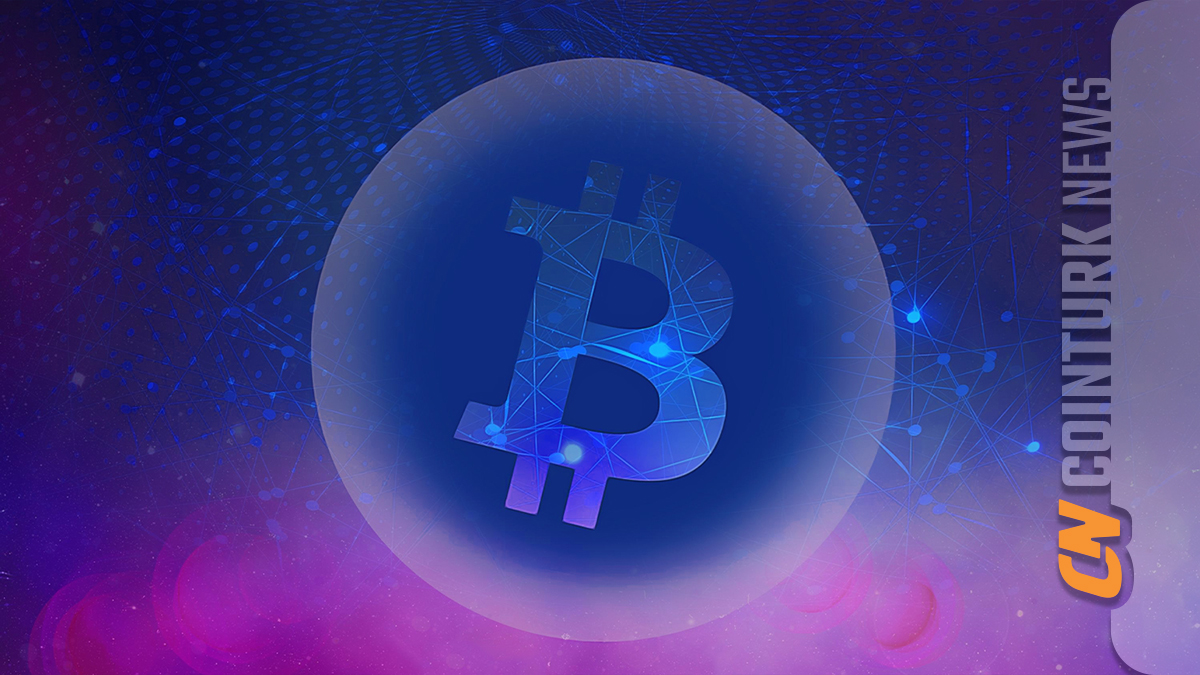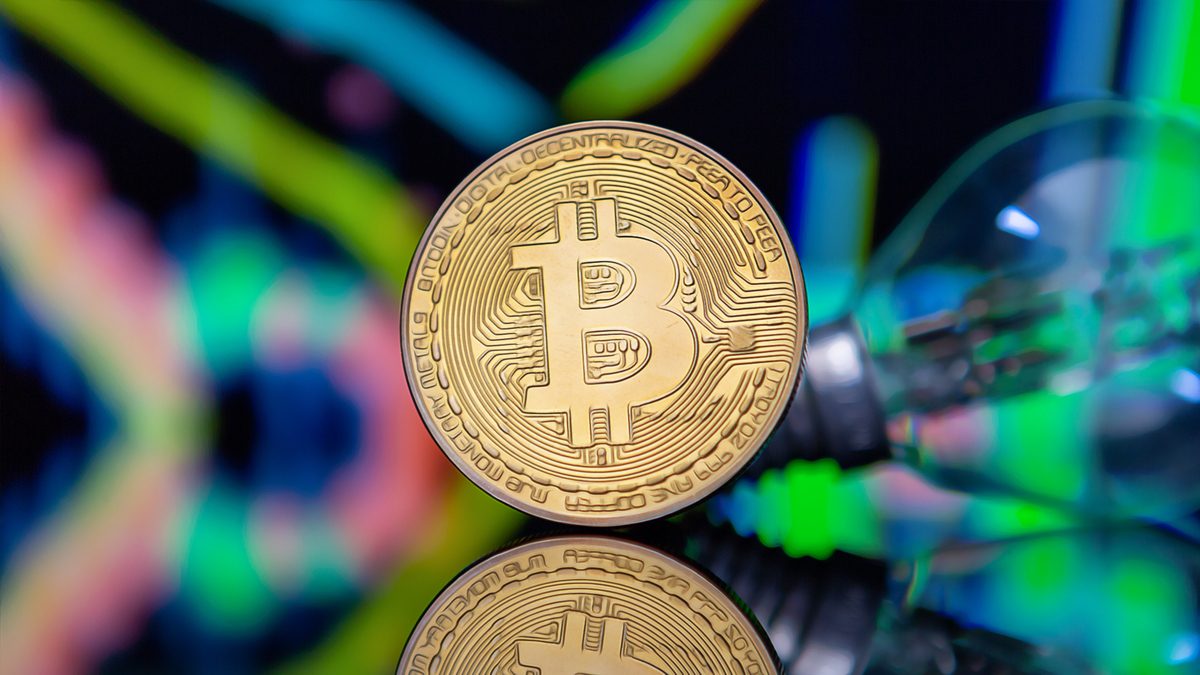The Runes token protocol was recently introduced to the Bitcoin ecosystem, and in its first week, it managed to generate over $135 million in transaction fees on more than 2129 Bitcoins. Runes offers a more efficient tokenization solution for the ecosystem based on Bitcoin’s UTXO model and OP_RETURN transaction code, compared to the BRC20 standard based on Ordinals protocols. It generally enables users to issue memecoins on the Bitcoin ecosystem.
What’s Happening in the Bitcoin Ecosystem?
The Runes system was introduced to users by Casey Rodarmor, who also conceptualized the Ordinals protocol in early 2023. The launch of Runes coincided with the fourth Bitcoin halving event at block height 840,000, and the protocol quickly became a significant contributor to network transactions and fee activities.
According to Cryptokoryo’s Dune dashboard, 45% of Bitcoin transactions on April 25 were related to Runes activities, while ordinary transactions accounted for 51%. Additionally, since its launch, the network has processed over 3 million transactions involving Runes.

Noteworthy Data for Runes
The launch of Runes also coincided with an increase in Bitcoin’s mining difficulty; this difficulty increased by 2% on April 24, reaching an all-time high. This adjustment marks the first increase in mining difficulty immediately following the halving event and signals increased miner participation.
According to Magic Eden, among the tokens under the Runes standard, DOG had the highest market value exceeding $400 million. DOG is linked to the Runestone NFT collection by Leonidas, co-founder of the Bitcoin Ordinals explorer Ord.io. Other notable tokens in the Runes ecosystem include RSIC Genesis, Satoshi Nakamoto, Wanko Manko, and Bitcoin Pepe Matrix.

 Türkçe
Türkçe Español
Español










